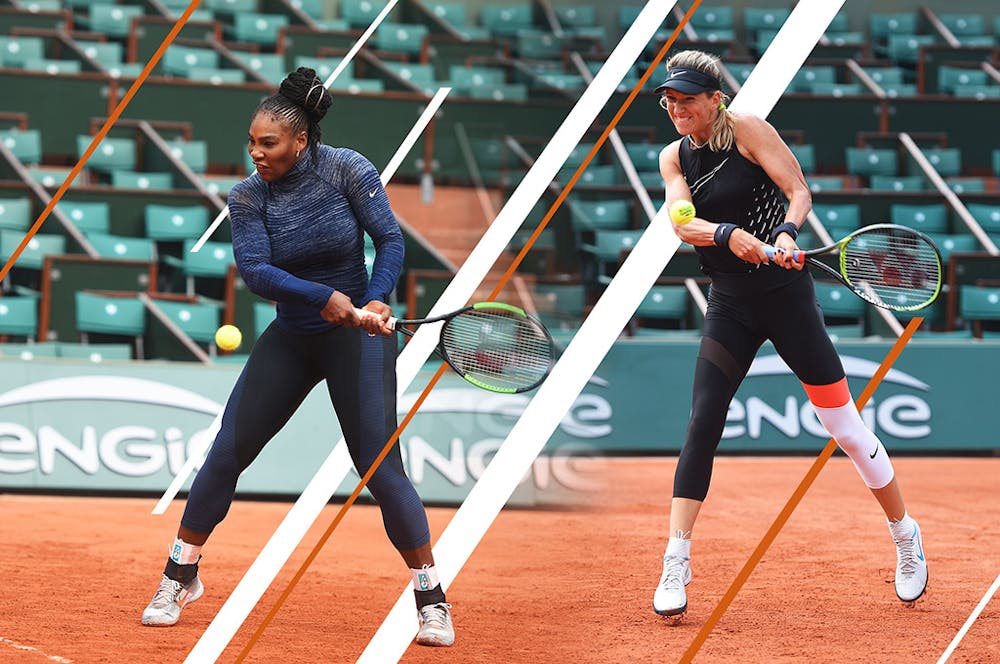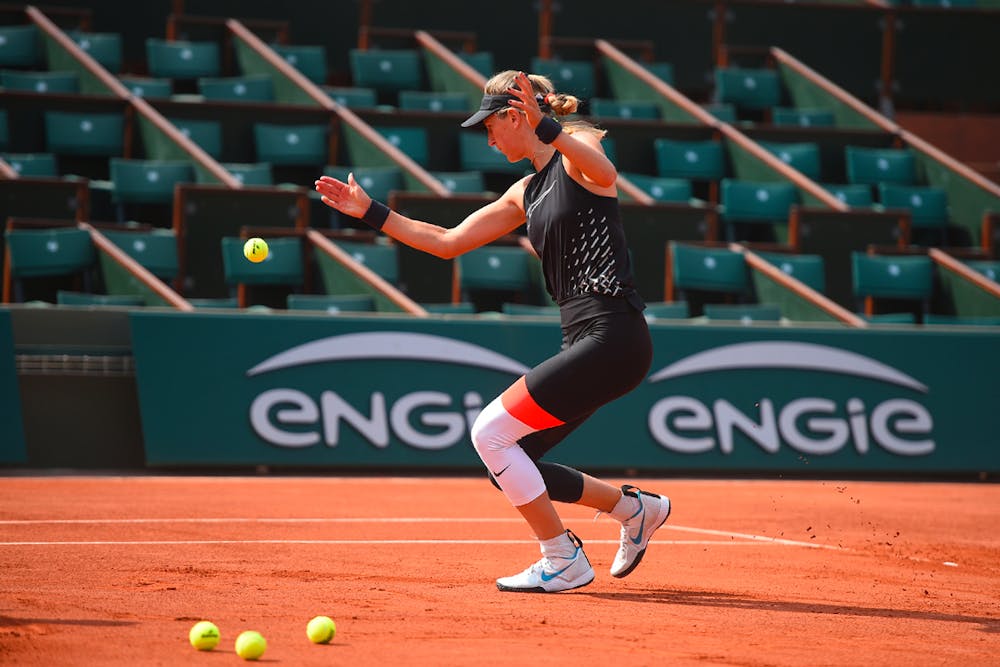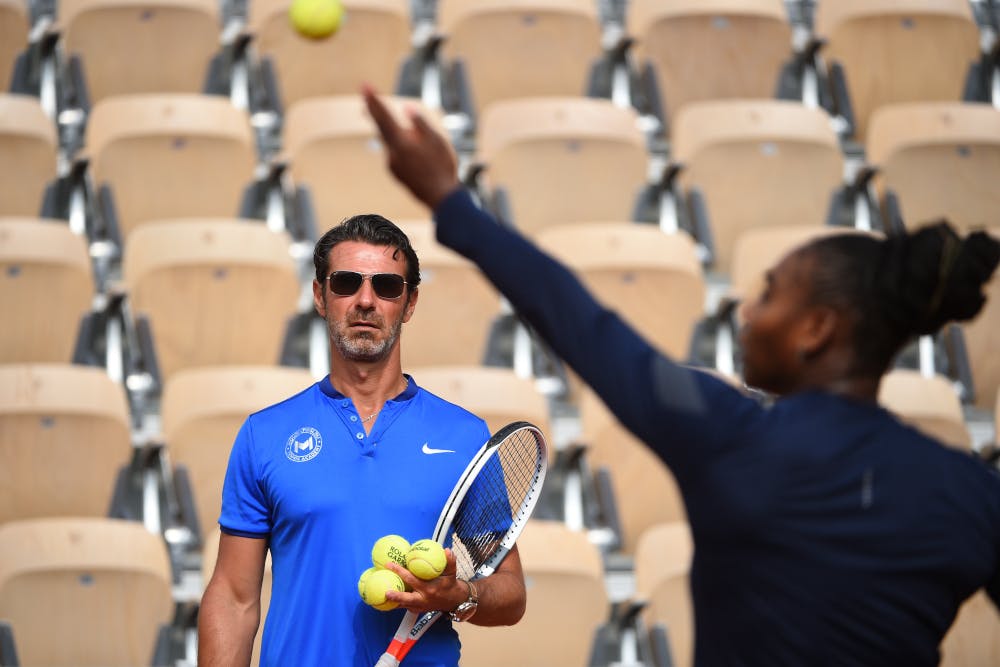What are the provisos?
Serena, Vika and Mandy Minella had to return within 12 months of birth to take advantage of a Special Ranking.
As for the men, pay attention now folks – the ATP limits the use of protected entry as follows:
a) If a player is physically injured and does not compete in any tennis event for a period of at least six months but less than 12 months, the entry protection shall be in effect for the first nine singles and the first nine doubles tournaments that the player competes in using the entry protection or for the period up to nine months beginning with the first tennis event that the player competes in, whichever occurs first.
b) If a player does not compete for a period of 12 months or longer, the entry protection shall be in effect for the first 12 singles tournaments and the first 12 doubles tournaments that the player competes in using the entry protection or for the period up to 12 months beginning with the first tennis event that the player competes in, whichever occurs first.
c) A player has three years from his original last event played to activate his protected ranking and will not be eligible to use his entry protected ranking beyond this date.
Can a player enter both singles and doubles?
No. The use of a protected ranking to enter the singles and/or doubles of a Grand Slam event is limited to once per Grand Slam event. Serena was awarded a wild card in order to compete in the doubles with sister Venus.
 ROLAND-GARROS
20 May - 9 June 2024
ROLAND-GARROS
20 May - 9 June 2024



 ©Corinne Dubreuil / FFT
©Corinne Dubreuil / FFT ©Corinne Dubreuil / FFT
©Corinne Dubreuil / FFT